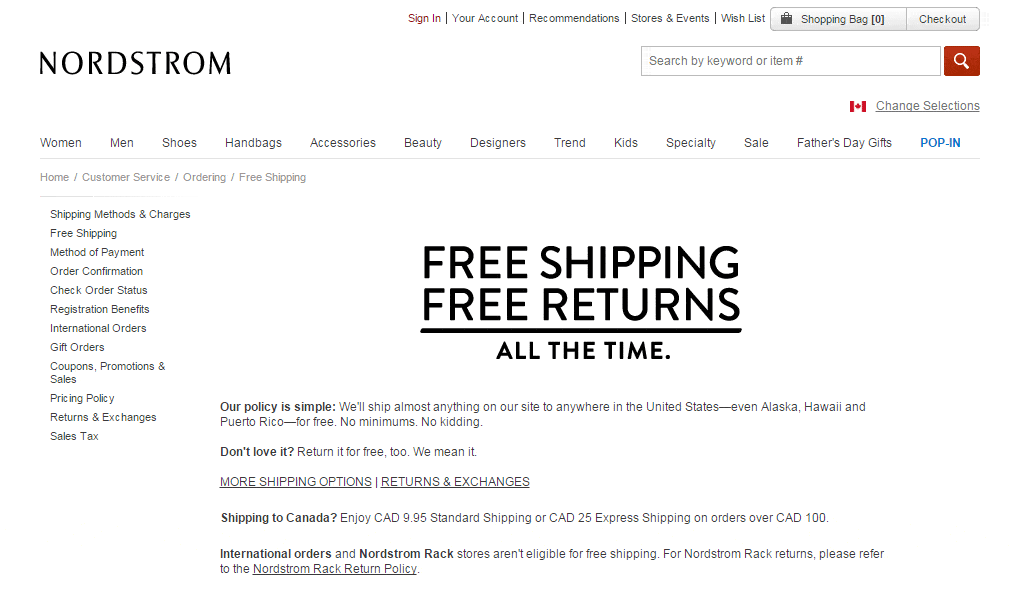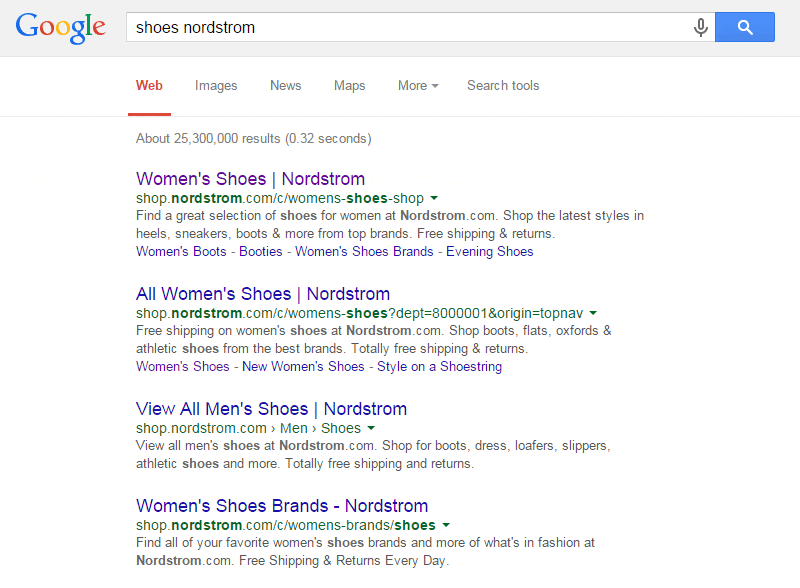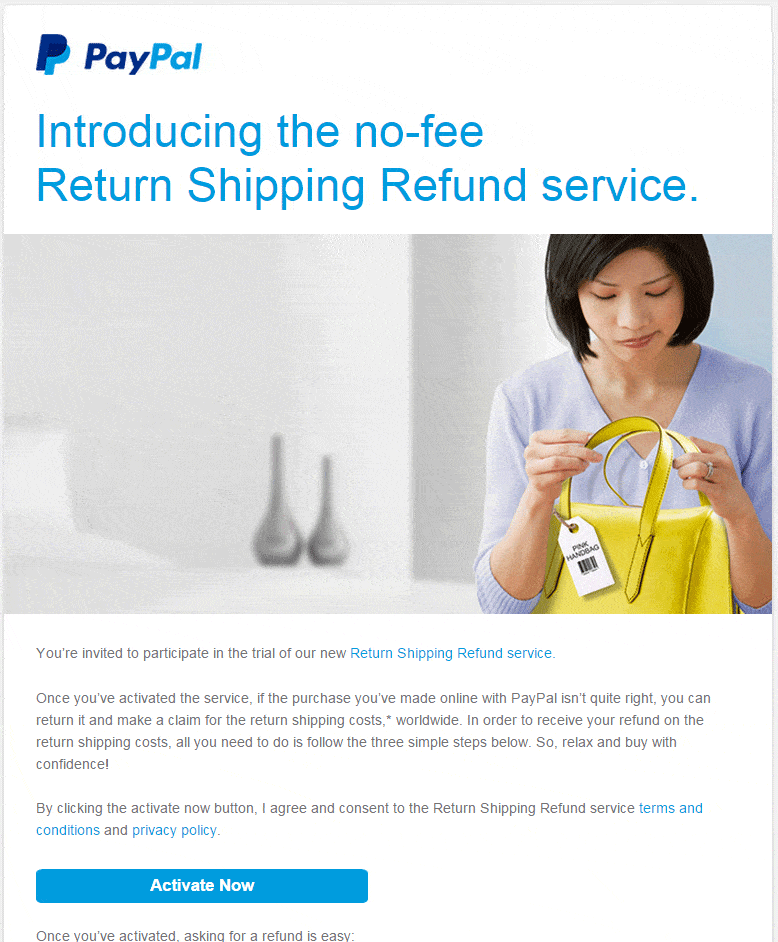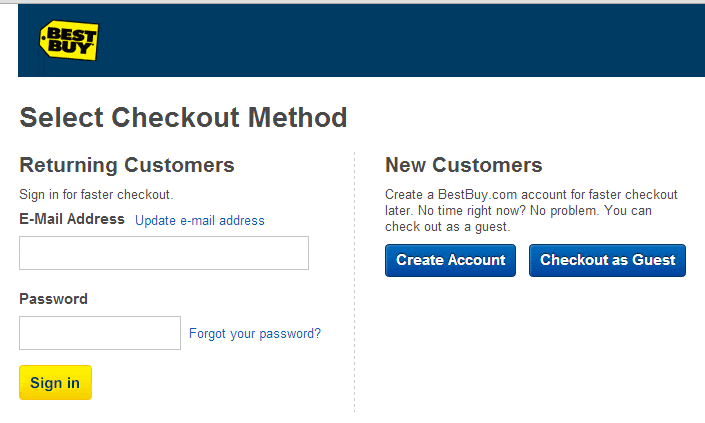Ask anyone, who has even the slightest knowledge or opinion about ecommerce checkout optimization, for advice and you’ll likely get more than you bargained for. And if you ask anyone else for the same advice, there’s a good chance that at a goodly amount of it will conflict with the first advice.
Before we go any further, let’s cut to the quick. The psychological gamesmanship that takes place between a potential buyer and ecommerce retailer at the point of online checkout is unprecedented in the history of selling. It is game without human interaction, it takes place in a highly distractive environment and it is fraught with uncertainty on both sides.
And it’s a game that retailers rarely win. Most ecommerce sites would be happy to convert four out of ten customers who have actually added items to their shopping cart.
Much of that leakage happens in the checkout process. It’s the final phase of conversion. it happens after you have performed many miracles of overall online conversion: after you managed to get people onto your site; after you managed to offer them the products they seek; after you convinced them to add those products to their shopping carts, and after they indicated that they are ready to pay.
But the fact that you lose customers at an alarming rate in your checkout process does not mean that the the entire problem is solved there.
Even if it is completed in the checkout, the process of losing an ecommerce customer begins almost as soon as they are aware of your product offer.
And that fact reveals the biggest secret to e-commerce checkout optimization:
Optimize Your Ecommerce Checkout Before Shoppers Get There
The optimization of your online checkout isn’t limited to the checkout process. Like all your conversion points, getting customers through your checkout must be a priority of your entire digital sales and marketing planning, design and execution.
Why? Because the seeds of doubt that come to fruition during checkout, and cause shoppers to abandon at that point, are planted throughout your customers’ online journey with you.
Shipping Costs – The Elephant in Room
Let’s use high shipping costs, the single biggest reason for shopping cart abandonment, as an example. Almost half of abandoned shopping carts are left because of high or not clearly specified shipping costs.
The shipping cost issue is behind the recent trend from many of the biggest ecommerce players to offer various forms of free shipping, from including it as part of a minimum order to simply offering free shipping and free returns “All The Time”, as Nordstrom does.
The point is that it’s not enough to merely offer free shipping, especially if you don’t tell your customers about it until they get to your checkout. Customers’ concerns about free shipping are there before they begin shopping. To optimize your checkout, you must address those concerns from the moment you begin to interact with them.
Take a look below at some of the organic search results received from Nordstrom. Every one of them includes a reference to the fact that Nordstrom offers “free shipping and returns”. In so doing, they minimize the chance that the free shipping issue will be a problem later. In that way, they have begun to optimize their checkout from the moment that an online shopper begins their conversion journey.
How You Can Offer Free Shipping and Free Returns: It may be easier, based on their volume of sales, for a retail giant like Nordstrom to offer a service like free returns. But there are signs of hope for ecommerce retailers of all sizes. Paypal recently announced a Return Shipping Refund service, which opens up the potential for you to offer free shipping for purchases and free returns through Paypal’s service.
More Options for Optimizing Your Checkout Before Customers Checkout
Now that we have the idea behind improving checkout optimization before the checkout, let’s look at some other ways you can start doing so
- Online Shopping Personalization
At 41% of online shoppers, one of the most popular reasons for cart abandonment is that the shopper was “not ready to purchase”. Very often, shoppers just look around at all their generic online options, put items in a cart and head to the checkout to see what is the total of their purchase. Then they leave to do the same thing elsewhere.If you were able to get them to your site for more more personal reasons, it stands to reason you would significantly reduce their “not ready to purchase” abandonment.How It’s Done: Here’s a great example of online shopping personalization. I’ve watched a few music documentaries on Netflix recently. So what sort of film did Netflix promote in their most recent email to me?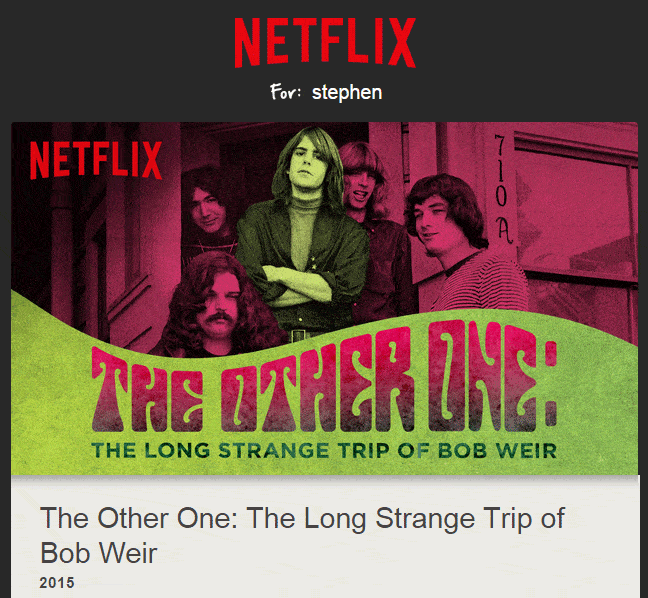
Optimize for Mobile
It’s time to wake up and smell the coffee. If you don’t offer a mobile-optimized ecommerce site, you will lose sales. Mobile commerce now accounts for a quarter of all online sales.Imagine a shopper landing on your desktop site using a mobile device. Yes, they might put up with zooming and squinting for a while. But by the time they get to your checkout and their thumbs are too big for the input fields, their patience will be thin and abandonment easy.- Offer a Guest Checkout
This is one you can appreciate because of your own experience. Do you like creating a new account everywhere you shop online? So why would you expect your customers to want to do it? Yet 30% of ecommerce sites still force the creation of an account. And 14% of shoppers abandon carts because there is no guest checkout option.
The guest checkout option is an example of what you need to do throughout your entire ecommerce process to reduce the chance of your customers “hitting the wall” in your checkout and abandon it.
Make it easy for customers to buy. Customers want to spend their money, either with you or your competition. The easier you make it for them to choose you, the more likely it is that they will.

